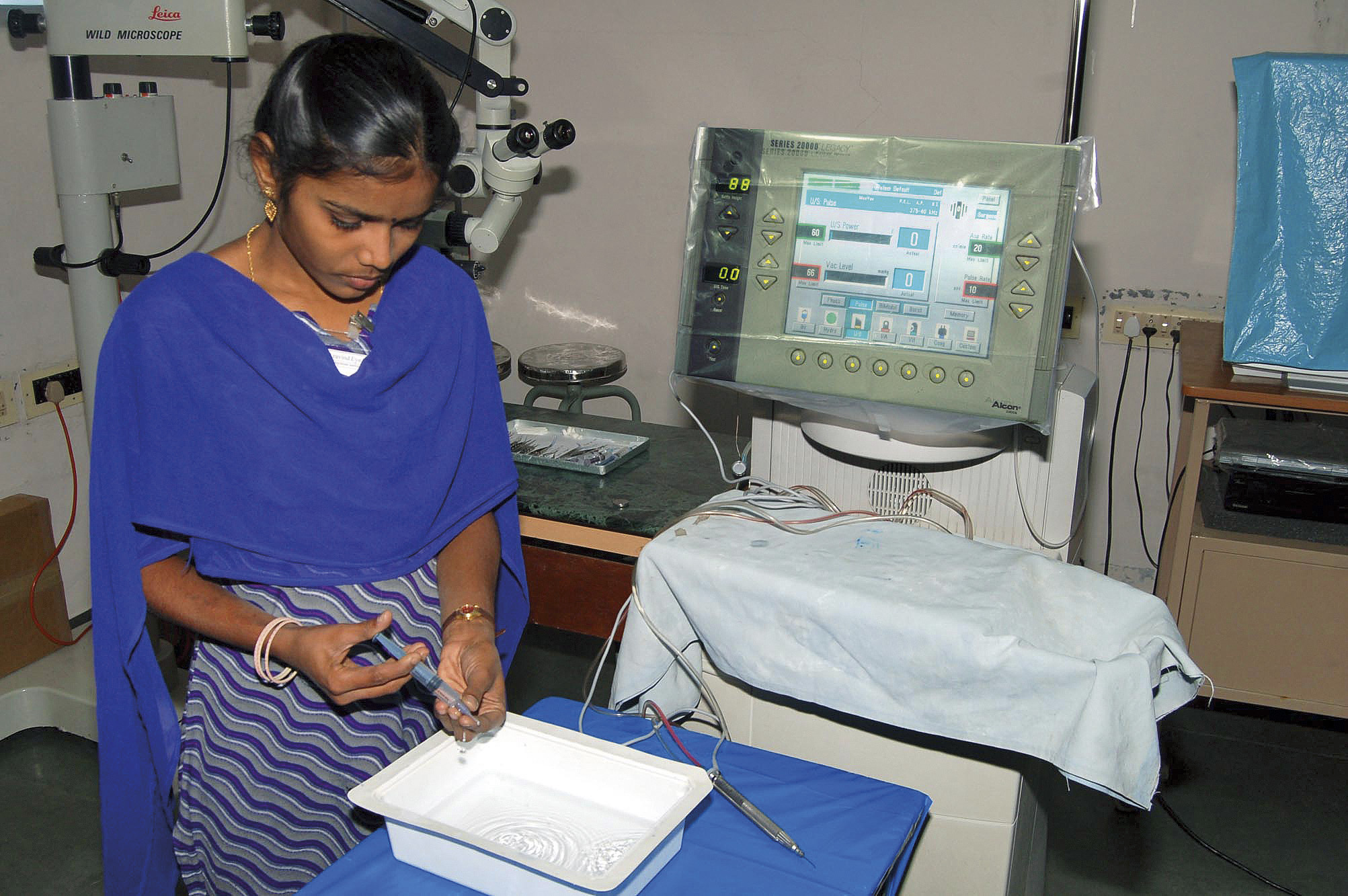Recommended

POLICY PAPERS
Low- and middle-income countries (LMICs) are increasingly interested in separating purchasers from providers of health care services, and engaging private sector providers to increase efficiency and healthcare coverage for the poor and vulnerable as part of Universal Health Coverage (UHC) strategies. To ensure that services are affordable and adequately priced, governments and other health care purchasers require good quality cost information systems. Many high-income countries with advanced UHC schemes, such as Australia, Germany, the UK, and some states of the USA, have successfully institutionalized those systems. But a recent review that we conducted on the role of health care cost accounting in pricing and reimbursement in LMICs, found a significant gap in the literature describing how these countries have captured cost information, and how they have integrated it into their provider payment mechanisms. This blog summarizes three key lessons learned from the review.
Lesson 1: Cost systems have the potential to minimize gaming and help prevent cost escalation
Cost systems help support transparent evidence-based processes for price-setting by generating good quality data, based on accepted methodologies (see for example the Joint Learning Network’s Costing Manual, and a cross-country comparison of costing methods in Europe). Studies from Iran and Thailand emphasize how important the cost system is in the setting of health benefit packages/ diagnosis related group prices. Leaving base rates open to negotiation at the individual provider level with minimal evidence on costs and efficiency of service provision, and without reference to the budget, leaves the system vulnerable to gaming. In addition, a tariff setting system that does not use empirical data can embed inefficiencies and possibly make it more difficult to implement data-based processes in the future. Cost evidence can also help identify differences between low established reimbursement rates and higher unit costs as seen in costing studies in India and Indonesia. If reimbursement rates do not cover costs, the recruitment of providers may be more challenging and so negatively impact the coverage and quality of care.
A centralized cost accounting system, such as the one developed in Kyrgyzstan, was considered a major strength of the broader health system reforms—allowing for policy reform to anticipate expenditure needs, and enabling the government to plan for policy change more effectively. Explicitly accounting for the budget, as well as the cost in the reimbursement rate, has also been a critical mechanism of cost control in countries like Thailand and Kyrgyzstan.
Lesson 2: Cost systems can be designed in line with the resources available but long-term sustainable planning is needed for cost systems to evolve
It is important to be aware of the trade off in accuracy and the resources needed to generate cost information. However, where resources are highly constrained, any data can be better than no data, particularly if the data are reported transparently and how the data informs decisions is clearly communicated and accounted for. Costing systems can then evolve from a simple starting point dependant on available resources. But there is also a need to plan and invest in sustainable cost systems with a systematic approach and routine data collection mechanisms that are integrated into management processes (as local capacity and available data systems improve). Kyrgyzstan is a good example of this. The costing systems identified illustrate how their implementation is a gradual and complex process—they have evolved over time with increasing numbers of participating providers, scope of the data, and regularity of data collection (for example, Thailand, Kyrgyzstan, and China).
It is evident that costing for informing reimbursement rates can start with simple methods, for example, expenditure data, relative value units, and small samples of facilities. The costing methods identified followed the same principles across most studies using top-down allocation methods supplemented with bottom-up costing if resources allow, for some specific inputs. Studies from Thailand and Vietnam find both micro-costing and relative value unit approaches to be feasible but that micro-costing is highly resource intensive. In Malaysia, one study demonstrated the feasibility of using the electronic prescribing system to generate price weights. Although it was recognized that these were not available in most facilities, access to these electronic systems will be more readily available as digitization develops. Addressing the challenge of sampling a sufficient number of facilities, some countries, for example in India, Cambodia and Kenya, have initiated baseline multi-site costing studies. These one-off studies from a limited sample provide an evidence base, establish good practice, and start to build trust, capacity and transparency. On the other hand, they are expensive and quickly outdated.
Lesson 3: A transparent set of principles for the process of translating cost evidence into base rates and weights is needed
Data collection is not enough. A systematic and transparent set of principles for translating costs into reimbursement rates is therefore needed to ensure and explain how the rates aim to create the “correct” price signals. This includes a participatory, transparent, and evidence-based process and method to build credibility and acceptance by healthcare providers. However, only two studies, one from Kyrgyzstan and one from Thailand documented the method for derivation of reimbursement rates from costs, and in Iran, the lack of such a methodology was reported as a significant problem leading to price manipulation by different stakeholders.
Conclusion
Cost data is essential for building a robust and transparent evidence-base with which to inform decision-making. While some data is better than no data, countries are encouraged to build sustainable cost systems appropriate to their settings, and expand their resources over time to build on their methods. The growth of digitization in healthcare has the potential to reduce the expense of, and facilitate the development of cost data systems. Crucially, countries should adopt transparent processes for translating costs into prices to ensure that they are used.
Disclaimer
CGD blog posts reflect the views of the authors, drawing on prior research and experience in their areas of expertise. CGD is a nonpartisan, independent organization and does not take institutional positions.







